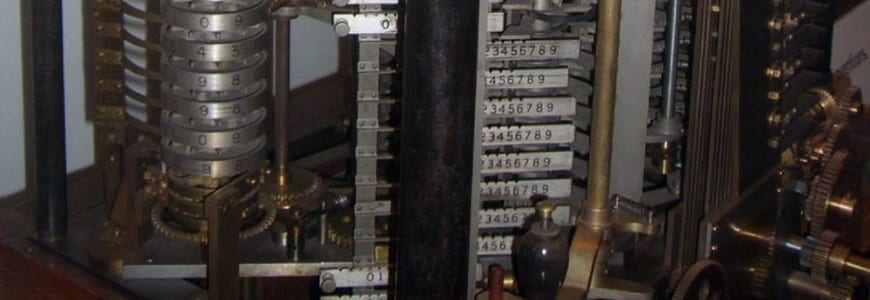By Rob Mitchum // March 21, 2013
The general public tends to think of supercomputers as the big brothers of their home computers; a larger, faster and more powerful version of more familiar every devices. But in his talk last week for the Argonne National Laboratory’s OutLoud series, CI senior fellow Peter Beckmanurged the crowd to think of supercomputers more imaginatively as the real-life version of a common sci-fi device: the time machine.
A modern laptop is faster than the state-of-the-art supercomputer Beckman used at Los Alamos National Laboratory in 1995, he said. That same year, a supercomputer with the computing speed of today’s iPad would rank on the Top 500 list of fastest computers in the world. Beyond raw speed, the programming strategies and hardware architectures developed on the room-sized supercomputers of the last 60 years have eventually trickled down to the consumer, as with the multi-core processors and parallel operations that can be found in new laptops.
As such, “supercomputing is a time machine,” said Beckman, the director of exascale technology and computing at Argonne. “What we build here in the lab, 20 years later ends up in your phone.”
True to that theme, Beckman led the audience on a quick tour through the historical timeline of computing, from abacuses and slide rules to Charles Babbage’s Analytical Engine to Alan Turing to Angry Birds. Yes, Angry Birds, which Beckman controlled with a giant, real-life slingshot hooked up to the game on the big screens behind him. Despite the cartoonish facade, Angry Birds offers a good demonstration of how computers simulate physics, Beckman said — the same approach Argonne/CI scientists use to study dark energy and the evolution of the universe on Argonne’s new Mira supercomputer, currently ranked the fourth-fastest machine in the world.
Beckman offered more glimpses of how scientists are putting Mira to work in simulating the global climate, the turbulence produced by a jet engine or the blood flow in the brain after an aneurysm. He also speculated about what the next era of supercomputers would look like in the exascale era, 1,000 times faster than the current computational pacesetters. With Europe, Japan and China entering the race to build faster and faster supercomputers, the importance of possessing the latest and best time machine can not be overestimated, he said.
“Every country realizes that the ability to simulate and work on the very edge of technology…and understand what’s possible is very important both for the future technology of that country, but also in science,” Beckman said.
You can watch Beckman’s talk in its entirety via the Argonne YouTube channel below:

